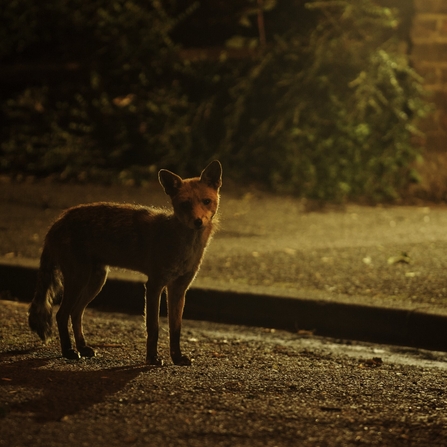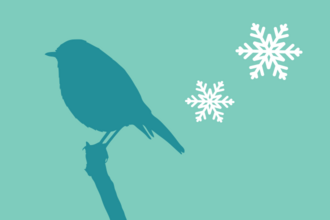Have you ever watched a television programme and wondered what that blood-curdling scream in the background was all about? The sound of a vixen (female fox) screaming is commonly used when characters are outside at night-time. It's a piercing sound that can sometimes even be mistaken for a human scream.
Fantastic (Mr) foxes
Red fox by Jenny Farmer
Red fox screaming
Red fox screaming (from Pixabay)
Whilst you might hear them at other times of year, hearing these alarming shrieks now is a sign that mating season has arrived. January is peak mating time for foxes and it's when you're most likely to hear these calls. Dog foxes (males) seek out a female and if you're lucky enough to spot two together at this time of year, it's likely to be a dog and a vixen. In which case, expect to see the youngsters bowling around in mid-late April. You may also see dog foxes facing off or fighting at this time of year.

Urban red fox by Terry Whittaker/2020VISION
Foxes are incredibly adaptable and opportunistic, adjusting well to their constantly changing environment as they live alongside us in both urban or rural areas. Nonetheless, they have a tough life! Whilst foxes have been known to live to the age of nine in the wild, it's estimated that most don't make it past their third birthday.
They're found in all sorts of habitats right across the UK but, unlike many countries that are home to foxes, we've seen them in our towns and cities for decades. The most likely areas to spot one are places with medium to large sized gardens as well as green spaces. These natural lungs provide stepping stones and corridors for wildlife of all shapes and sizes to move through our landscape. With such an adaptable species as the fox, and one with a wide taste in food, it's no wonder that many of our urban spaces can provide a home-from-home. Those of you who have foxy visitors to your own gardens will know that, once they're a little more familiar with your space, they appear happy to explore. The footage below was taken in a colleague's parents' garden; the barking of a dog inside the house startled the fox from exploring further.
Their natural food mainly consists of small mammals (especially voles and rabbits), earthworms, beetles and fruit; check out fox poo in late summer and you're bound to find the remains of blackberries. Our rather messy ways pander to their scavenger tendencies and they'll find food in dustbins and compost heaps too. We tend to think of them needlessly killing chickens in a frenzied attack, leaving most behind and taking just one back to the den (earth). If you're unfortunate enough to have had a fox visit your chicken coop, it help to learn that your chickens weren't killed for fun; the fox would have intended to take the others away too and stash them for a later meal.
Foxes are not always everyone's cup of tea but there are few people who aren't mesmerised by one that graces their garden with an appearance. They’re one of Britain's most iconic mammals and, though you perhaps haven't seen one, they’re probably in a neighbourhood near you!




